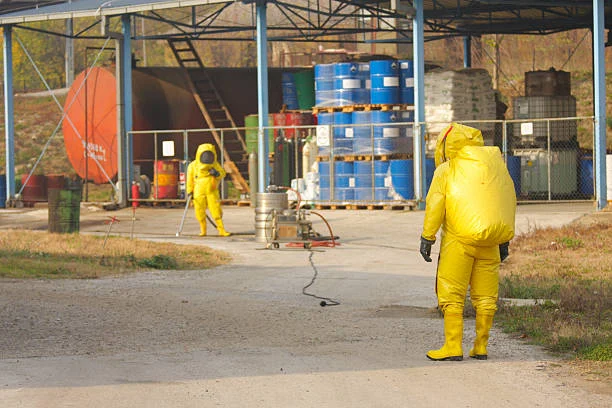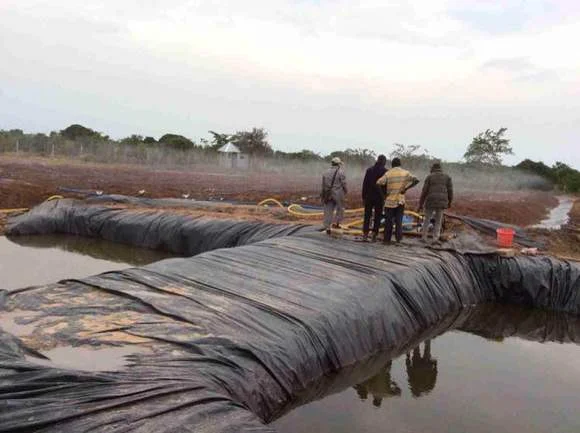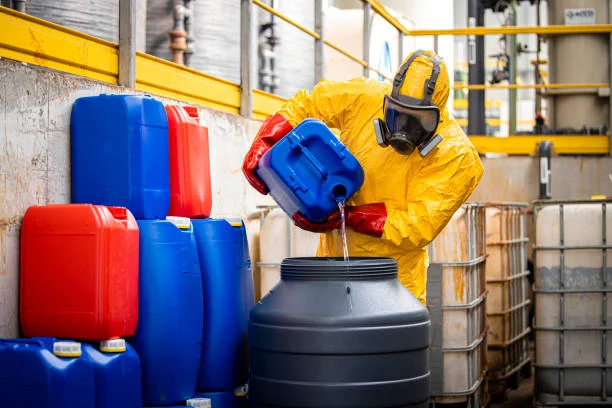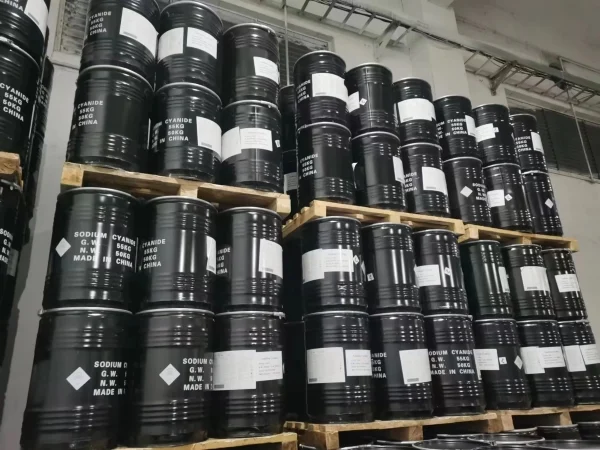
Cyanide poisoning is a serious and life - threatening condition that requires immediate medical attention. Sodium thiosulfate is one of the key medications used in the treatment of Cyanide Poisoning. This article will explore the detailed process of how Sodium Thiosulfate works to counteract the effects of cyanide.
Understanding Cyanide Poisoning
Cyanide is a highly toxic substance. When it enters the body, it quickly dissociates into cyanide ions (CN⁻). These ions have a high affinity for the ferric ion (Fe³⁺) in cytochrome oxidase, an enzyme crucial for cellular respiration. By binding to cytochrome oxidase, cyanide inhibits the electron transport chain, preventing cells from using oxygen effectively. As a result, cells are unable to produce adenosine triphosphate (ATP), the energy currency of the cell, leading to rapid cell death. Symptoms of cyanide poisoning can include headache, dizziness, rapid breathing, nausea, vomiting, and in severe cases, loss of consciousness, seizures, and death.
The Role of Sodium Thiosulfate in Treatment
Mechanism of Action
Sodium thiosulfate acts as a sulfur donor. In the presence of the enzyme rhodanese, which is present in the liver and other tissues, sodium thiosulfate reacts with the cyanide ions. The sulfur atom from sodium thiosulfate is transferred to the cyanide ion, converting it into thiocyanate (SCN⁻). Thiocyanate is significantly less toxic than cyanide and can be safely excreted from the body through the kidneys.
The chemical reaction can be represented as follows:
CN⁻ + Na₂S₂O₃ → SCN⁻ + Na₂SO₃
This conversion process helps to reduce the concentration of toxic cyanide ions in the body, allowing normal cellular respiration to resume.
Administration in Treatment
When treating cyanide poisoning, sodium thiosulfate is typically administered intravenously. In adults, a common initial dose is 12.5 - 25 grams (usually as a 25% - 50% solution). This is often followed by additional doses as needed, depending on the severity of the poisoning and the patient's response. For example, in some cases, a second dose of 25 - 50 grams (50% solution) may be given, or the dose may be calculated based on the patient's body weight at 0.5 - 1 gram per kilogram of body weight.
In children, the dose is calculated based on body weight, usually at 250 - 500 milligrams per kilogram. The medication is administered slowly to avoid potential side effects such as hypotension (low blood pressure), which can occur if it is injected too rapidly.
Combination with Other Treatments
Sodium thiosulfate is often used in combination with other therapies for cyanide poisoning. One of the most common combinations is with nitrites, such as sodium nitrite or amyl nitrite. Nitrites work by converting hemoglobin to methemoglobin. Methemoglobin has a higher affinity for cyanide ions than cytochrome oxidase. So, when methemoglobin is formed in the body, cyanide ions will preferentially bind to it, releasing cytochrome oxidase and allowing cellular respiration to start again. However, the cyanide - methemoglobin complex is relatively unstable, and cyanide can be released back into the bloodstream over time. This is where sodium thiosulfate comes in. By converting the cyanide released from cyanide - methemoglobin into thiocyanate, sodium thiosulfate provides a more long - term solution to remove cyanide from the body.
In addition to nitrites, other supportive treatments are also provided. These may include high - flow oxygen therapy to improve oxygen delivery to the tissues, as well as measures to manage symptoms such as seizures, hypotension, and acid - base imbalances that often accompany cyanide poisoning.
Monitoring and Follow - up
After the administration of sodium thiosulfate and other treatments for cyanide poisoning, patients need to be closely monitored. Healthcare providers will check vital signs such as heart rate, blood pressure, respiratory rate, and oxygen saturation regularly. Blood tests may be conducted to measure the levels of cyanide, thiocyanate, and markers of tissue damage. Additionally, the patient's neurological status will be closely observed, as cyanide poisoning can cause significant damage to the central nervous system.
Follow - up care is also important. Even if the patient appears to have recovered initially, there may be long - term effects such as neurological deficits or organ damage. Regular check - ups and appropriate rehabilitation measures may be necessary to ensure the best possible outcome for the patient.
In conclusion, sodium thiosulfate plays a crucial role in the treatment of cyanide poisoning by converting highly toxic cyanide ions into the less toxic thiocyanate. Its use, in combination with other therapies and proper monitoring, can significantly improve the chances of survival and recovery for patients suffering from cyanide poisoning.
- Random Content
- Hot content
- Hot review content
- Acetone
- Maleic Anhydride - MA
- Isobutyl vinyl ether 98% high purity certified Professional producer
- 99% Animal Feed Additive DL Methionine
- How does Sodium Ferrocyanide help in the mineral flotation process?
- Strontium carbonate
- Food Grade 99% Sodium Bicarbonate
- 1Discounted Sodium Cyanide (CAS: 143-33-9) for Mining - High Quality & Competitive Pricing
- 2China's New Regulations on Sodium Cyanide Exports and Guidance for International Buyers
- 3Sodium Cyanide 98% CAS 143-33-9 gold dressing agent Essential for Mining and Chemical Industries
- 4International Cyanide(Sodium cyanide) Management Code - Gold Mine Acceptance Standards
- 5China factory Sulfuric Acid 98%
- 6Anhydrous Oxalic acid 99.6% Industrial Grade
- 7Oxalic acid for mining 99.6%
- 1Sodium Cyanide 98% CAS 143-33-9 gold dressing agent Essential for Mining and Chemical Industries
- 2High Quality 99% Purity of Cyanuric chloride ISO 9001:2005 REACH Verified Producer
- 3Zinc chloride ZnCl2 for High Molecular Weight Polymers Initiator
- 4High Purity · Stable Performance · Higher Recovery — sodium cyanide for modern gold leaching
- 5High Quality Sodium Ferrocyanide / Sodium Hexacyanoferr
- 6Gold Ore Dressing Agent Safe Gold Extracting Agent Replace Sodium Cyanide
- 7Sodium Cyanide 98%+ CAS 143-33-9











Online message consultation
Add comment: